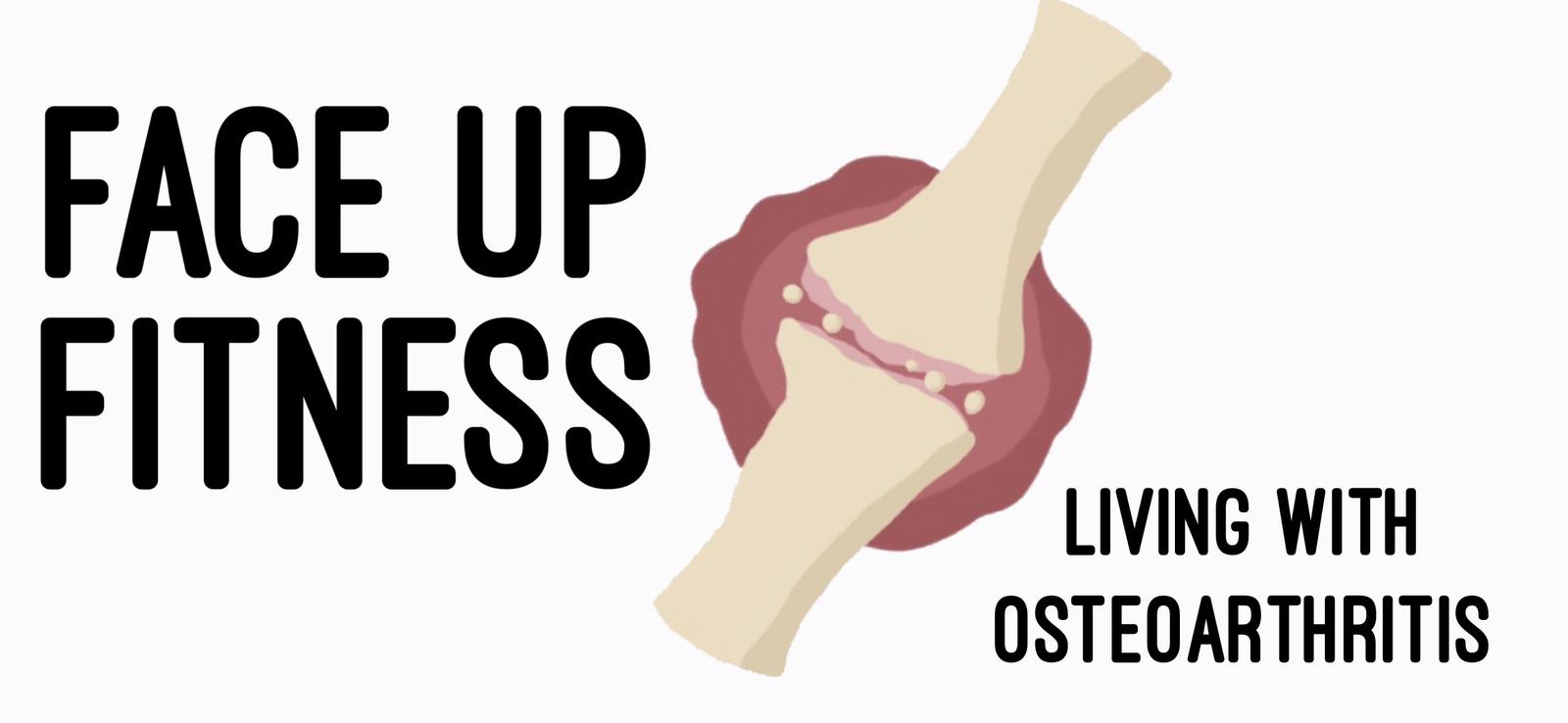Do you enjoy eating chocolate? Me too! And going by recent media headlines, we should all feel free to keep on munching the sweet dark stuff to our heart’s content (literally!) as it’s rather good for us – it’s claimed to reduce blood pressure, relieve stress, prevent strokes and so on. It’s a superfood, even.
Though, in truth, things are somewhat more complicated. As the British Dietetic Association (BDA) points out, the studies the media has picked up while promising are limited. And crucially, the health benefits are actually focused on cocoa extract, not chocolate.
“The potential health benefit of chocolate has to be weighed up against the fact that to make chocolate, cocoa is combined with sugar and fat,” it says (more on the NHS/BDA’s research here).
That last point brings me on to Esthechoc, the world’s first daily chocolate supplement for skin. I tried a sample when it launched last year but what I didn’t fully appreciate then is the 10 years of research that has gone in to its creation, and how exactly it is different from regular dark chocolate.
Last month I attended a bloggers event hosted by Esthechoc’s inventor Dr Petyaev, to hear more about it and take away a 21-day supply – I’m demolishing the last one as I write.
Why is cocoa good for us?
It contains polyphenols, a powerful antioxidant that neutralises free radicals and reduces inflammation (both key causes of premature skin ageing). It’s the polyphenols that give chocolate its bitter taste. But to gain the benefits we need to be eating bars with at least 90% cocoa solids and at that concentration it’s not especially palatable, plus we need be be consuming a lot every day.
To get around the conundrum, Dr Petyaev and his team at Cambridge Chocolate Technologies did something rather clever: they re-engineered chocolate to produce a supplement that contains the good bits without all the bad, yet still looks and tastes like you know what.
Key Ingredients
Esthechoc contains two powerful antioxidants: Astaxanthin (said to be 6,000 times stronger than Vitamin C); and Cocoa Polyphenolic Epicatechins, a bit of a mouthful (see what I did there?) but a substance found naturally in cocoa which has been found to increase the flow of oxygen to skin cells.
Dr Petyaev’s team has combined the antioxidants with chocolate in such a way that the body is better able to absorb them. Quoting clinical trials he said, “Eating one bar of Esthechoc a day improves oxygen transport in plasma by 85%, oxygen saturation of skin by 59%, reduces oxidative damage related to inflammation by 72% and significantly improves capillary condition.”
In other words, better skin nourishment. So why not just eat regular dark chocolate? According to Dr Petyaev, you’d need to eat a 70g bar of 90% dark chocolate to get close to the level of bio-available epicatechins you’re getting with one 7.5g bite-size bar of Esthechoc. In diet speak, that’s a difference between 500 calories and 38 calories!
The Taste Test and Results
I’ve grown to love dark chocolate more as I’ve got older – it’s a palate maturity thing, apparently. To me, Esthechoc tastes just like dark chocolate, so if you’re a fan I think you’ll be happy. As far as my skin goes, after 21 days it’s looking nourished and healthy, though I can’t see any changes to my fine lines and I am also using other skincare (I don’t think anyone would take Esthechoc as a substitute for their regular topical cream routines).
A 30-day supply of Esthechoc costs £42.50. While considerably more than an equivalent weight chocolate bar, it’s about what you might expect to pay for skincare topicals and supplements. You can buy Esthechoc here and if you’re on the look out for an early Christmas gift there’s a advent calendar available too. More on Esthechoc here.




